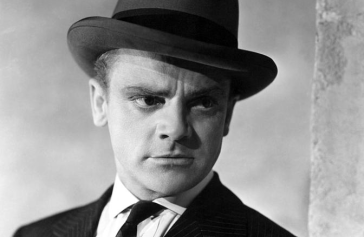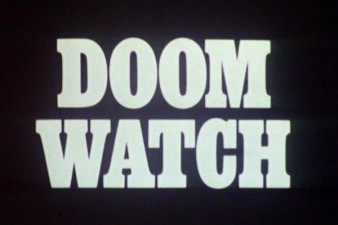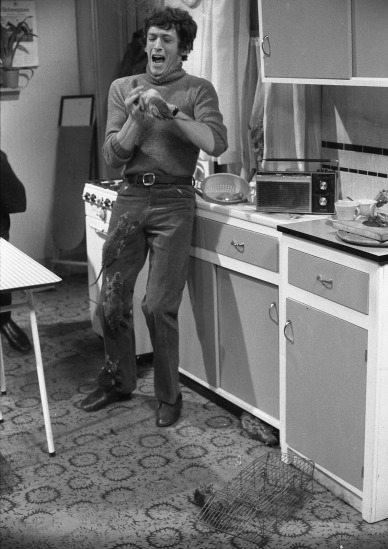The revelation a few years ago that the Black Death might have been caused by marmots and gerbils has done little to rehabilitate the reputation of rats in Western society. I imagine this is because few people have had to gingerly walk around a bunch of great gerbils feasting out of bins while taking a shortcut though the alleyways of Soho. The historical threat of rats may be disputed, but their omnipresence makes it seem very real and very current. Old habits die hard, rats are dirty.

As a teenager I had a job as a waiter in a village pub in Norfolk. At the end of every shift whoever put the bins out would invariably encounter at least one rat scampering away, running between your legs or on one occasion, scuttling over my shoulder in a bid for freedom. “You know that bin’s crawling with rats?” a young couple once shouted at me as they left, seemingly oblivious to the fact we were surrounded on all sides by fields. In Norfolk, as in anywhere, you’re never more than six feet from opinionated ignorance.
Non-Western cultures can see things rather differently. The rat is one of the twelve animals of the Chinese zodiac. People born in the year of the rat are expected to possess qualities associated with them; including creativity, intelligence and ambition. In Hindu tradition, rats are seen as the vehicle of the god Ganesha. In the Indian city of Deshnoke, the rats at the Karni Mata Temple are believed to be destined for reincarnation as holy men and are fed accordingly. But in Europe and the English-speaking world, associations with the rat are overwhelmingly negative.

Rats are a regular vehicle for horror in fiction; Edgar Allen Poe’s The Pit and the Pendulum (1842), HP Lovecraft’s The Rats in the Walls (1924) and James Herbert’s The Rats (1974) all play on society’s fears and vulnerabilities. Sherlock Holmes was so disturbed by the “giant rat of Sumatra” that he couldn’t bring himself to tell Watson the tale. Even in children’s works like Charlotte’s Web (1952), the rat character, Templeton, is depicted as rude and selfish. And while modern animations such as Ratatouille (Brad Bird, 2007) and Flushed Away (David Bowers, Same Fell, 2006) make anthropomorphic rats the heroes of the story, the negative stereotypes are still largely present.
The dark prism through which 70s British television viewed society would therefore seem to be a natural home for exploring rats as an expression of societal anxiety.

Doomwatch (1970-72) was devised by Dr Kit Pedlar and Gerry Davis, the creators of the Cybermen on Doctor Who and centered on the Department for the Observation and Measurement of Scientific Work or Doomwatch.

Doomwatch, lead by Doctor Spencer Quist (John Paul), are a team of British scientists at the forefront of scientific thinking (if not of sexual politics) and its effect on humanity. They battle such menaces as a plastic eating virus, organ harvesting, biological warfare and leaded petrol. Kit Pedler was a noted environmental campaigner and the concerns of pollution and humanity’s impact on the planet were the starting point for the series’ creation.
Tomorrow, the Rat is probably its best remembered episode, written and directed by series producer Terence Dudley, it differs from the more detached, scientific offerings from Pedlar and Davis by keeping human drama at the centre of the piece. The Doomwatch team investigate reports of several attacks on people by rats. Two of the team, Toby Wren (Robert Powell) and Colin Bradley (Joby Blanshard) investigate the home of Mr. and Mrs. Chambers, victims of a recent attack; the two scientists lay traps in the kitchen, but the rodents display unusually high levels of intelligence by jamming the traps open using cutlery, and go on to attack the scientists. Meanwhile, resident heart-throb and one-man #MeToo campaign recruiter Doctor John Ridge (Simon Oates) becomes involved with a Doctor Mary Bryant (Penelope Lee), who’s been genetically experimenting on rats at her flat in her spare time….

While it’s easy to see this as a straightforward thriller with some horrific set-pieces, and it can certainly be viewed and enjoyed perfectly well as that, there’s something else going on here too. Doctor Bryant is genetically modifying rats because she wants to create genetic purity or as she puts it to “eliminate the abnormal”. Doomwatch’s plots have often been cited as being ahead of their time and certainly the moral arguments on display are every bit as relevant now as they were when there were 240 pennies to the pound and people actually knew what half a crown was. Yet the theme doesn’t get developed anywhere near as much as it should and I was left slightly frustrated as the episode concentrates more on the visceral horror of various rat attacks. The ending is also somewhat perfunctory, with the rats being poisoned with chemicals in the sewers yet the poetic justice of ersatz Nazi Doctor Bryant being attacked by a grieving mother before being devoured by the rats finishes things on a suitably grizzly note.
Bryant’s mutilated body should be the defining image of the episode. The fact it’s not is due to that bête noire of BBC cult series: the slightly shitty special effect. Dudley might have been able to get away with the sewing of fake rats to Powell and Blanchard’s trousers to simulate a rat attack if he’d been able to cut rapidly with disorienting close-ups. Sadly multi camera TV studio drama is not conducive to such filmic ambition and the whole sequence is simultaneously hilarious and deeply frustrating in ways that fans of Doctor Who serial The Talons of Weng-Chaing (1977) are only too familiar.

Nevertheless this deserves to be a well-remembered episode of Doomwatch due to its attempt to drive the drama out of the laboratory and into the home, where the viewers are.
Which is where we find Angie Truscott (Elizabeth Sellers) as she’s woken from an afternoon nap by screaming. Or is she? Perhaps she was dreaming…..
Well she wasn’t because the opening shot of During Barty’s Party (and the only piece of location work needed for this claustrophobic tale) is a car abandoned by a field. We know something’s amiss, the key’s in the ignition, one door open. And then the screaming starts.
![Beasts - s01e02 - During Barty's Party.avi_snapshot_00.37_[2011.11.04_21.45.28]](https://viewsfromahillcom.files.wordpress.com/2018/03/beasts-s01e02-during-bartys-party-avi_snapshot_00-37_2011-11-04_21-45-28.jpg?w=346&h=259)
Roger comes home, tired and irritable after work. Angie is anxious because she thinks she can hear a rat scuttling under the floor boards but it’s clear that anxiety plays a big part in Angie’s life and she doesn’t like to be left alone. Kneale often enjoys destroying privilege, and here, with a powerless, purposeless middle aged women, he highlights the hypocritical imbalance at the heart of patriarchy. And what’s interesting about that is that as the story progresses and the rat threat because bigger and more immediate it’s Angie that grows in strength as Roger starts to come apart. At the beginning Roger is all common sense and rationality but when it becomes clear that the house *is* under attack by a swarm of intelligent rats (they cut the telephone wires when Angie’s phoning Barty’s Party, a radio phone in show, which is ridiculously silly if you spend any time thinking about it but absolutely works as an “oh shit” moment of primal fear during the narrative) he simply can’t process what’s happening to them and becomes helpless and hopeless.

Nothing horrific is seen on screen and there’s no non-diegetic music, all the terror is conveyed through the sounds the rats are making and the increasingly hysterical reactions of the characters. There is probably no better example of suggested horror. The climatic scene, where Angie and Roger hear their neighbours returning and call out to them before seeing them devoured by rats is quite possible the most terrifying thing I’ve seen on British television (with the possible exception of the B&B room scene in The Woman in Black (1989), and guess who wrote that).

During Barty’s Party shows how thin the threads of civilisation are and how vulnerable humanity is to isolation and fear. Both of the programmes discussed use rats not simply as vehicles for horror but also to highlight some of humanity’s less positive traits. From genetics to community and the sanctity of the familial home, many aspects of Western life seem far less certain than they had been. Something that the Britain of today is becoming painfully aware.


Great content. The 70s was a great decade in general for horror movies.
LikeLiked by 1 person